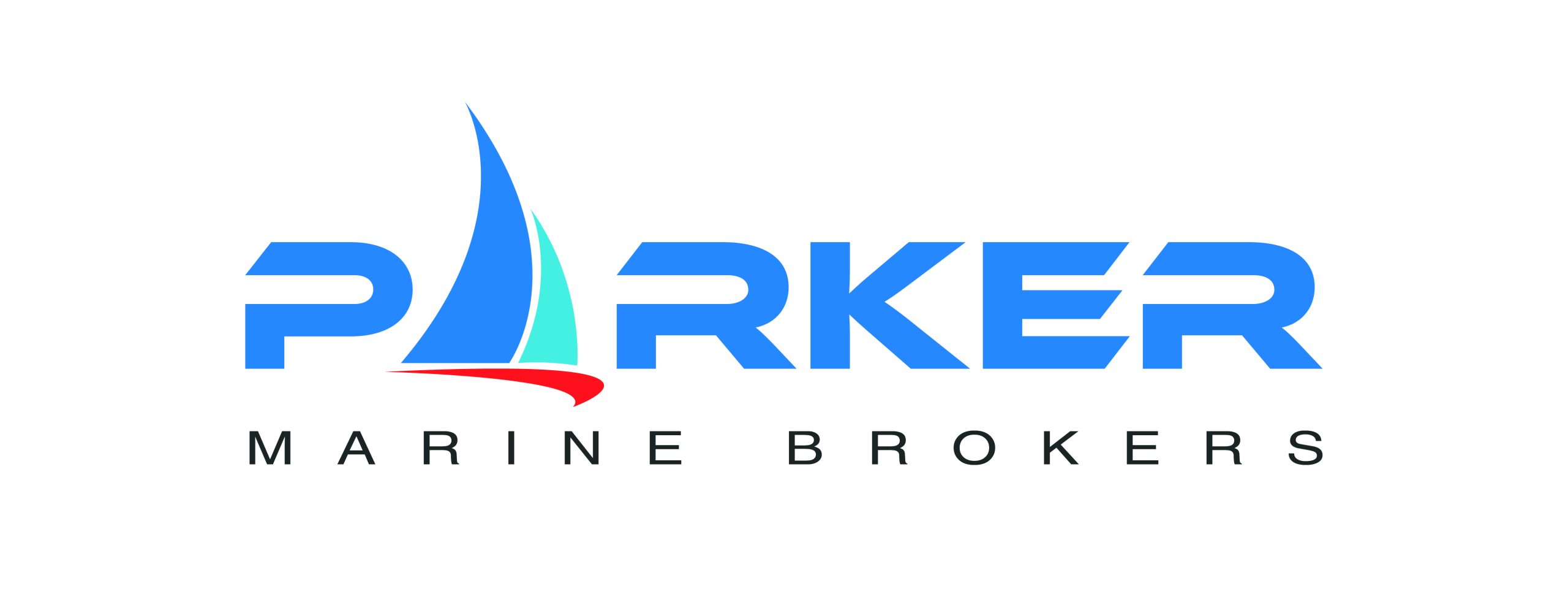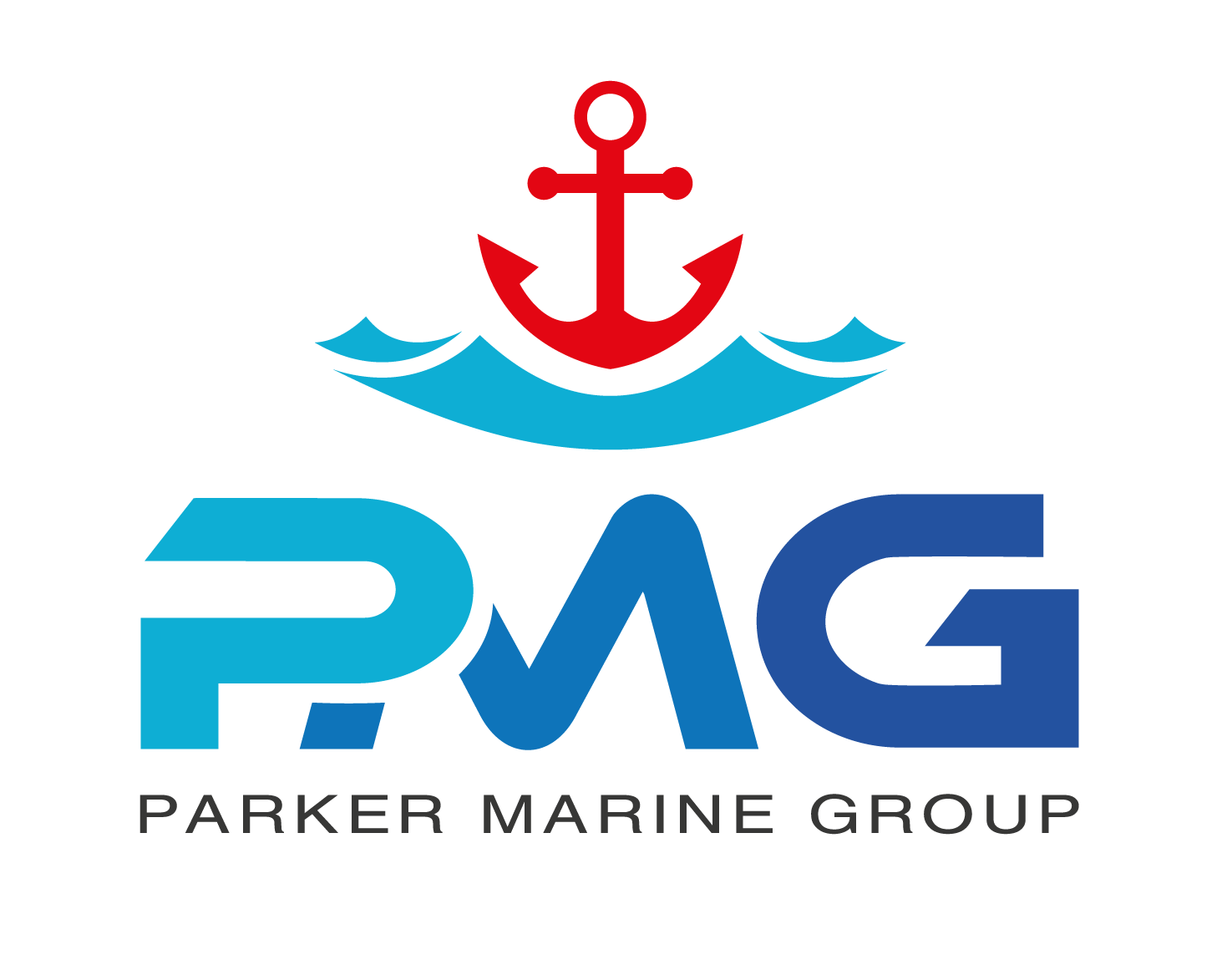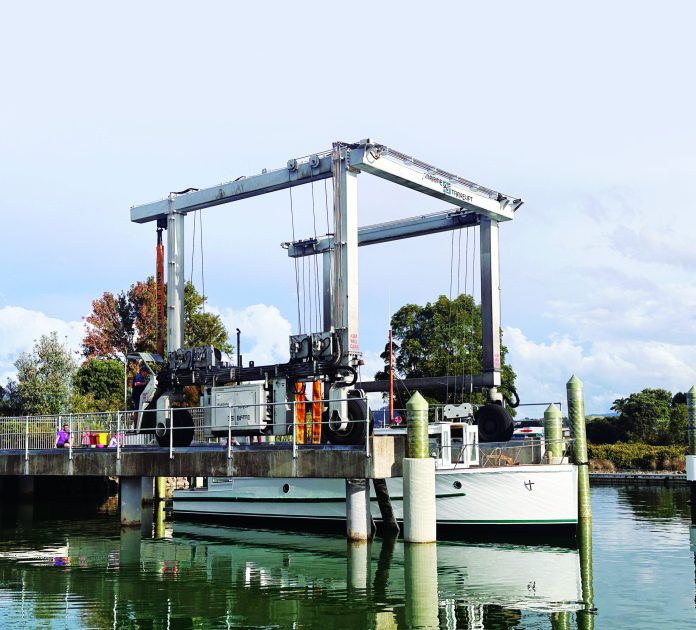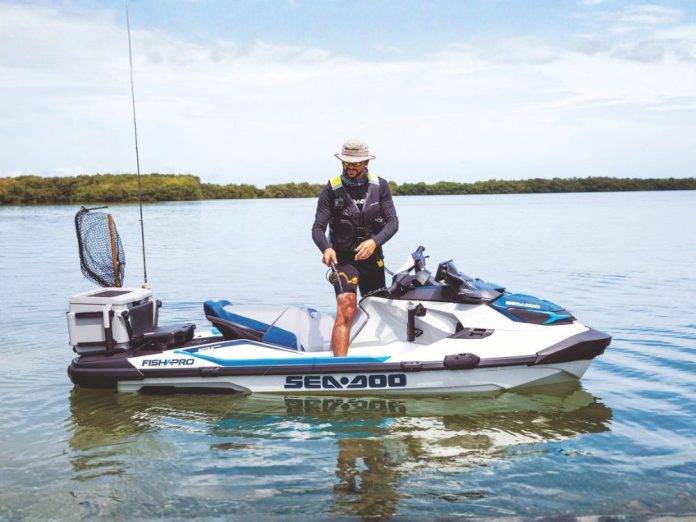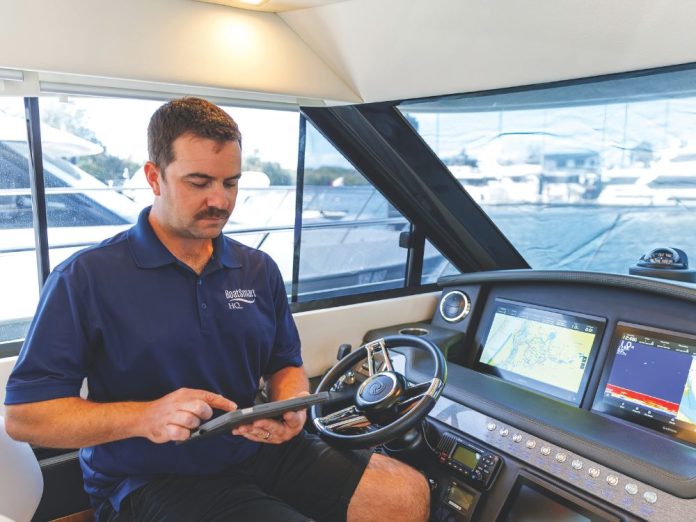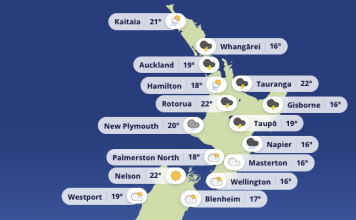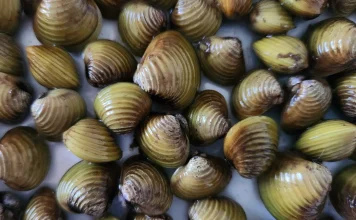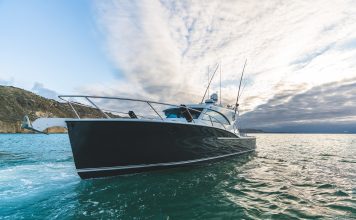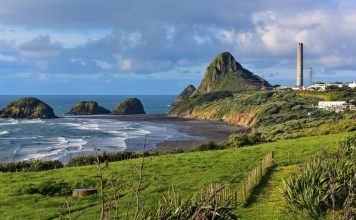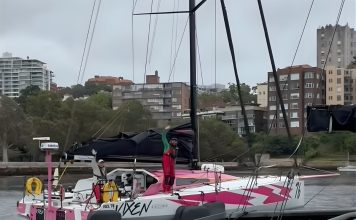The quest for sustainable sea transport has been on the agendas of Blue Pacific nations for a very long time. From the beginnings of human settlement of the vast Pacific, in fact.
New Zealand-born, Queensland-based Rob Denney’s Cargo Proa project, with funding from the United Nations Development Programme (UNDP), is rapidly reaching a practical prototype stage on the banks of the Bau River estuary in Fiji.
Says Denney: “The production is intended to be state of the art in both build methods and co-operative ownership, both here and as a model for similar facilities in other island nations. As a by-product of the work we are doing turning unwashed, unsorted waste plastic into reliable, useful structural items, it may also have zero waste.”

The UNDP grant also covers setting up boatbuilding classes at CATD (Centre for Advanced Technology and Design) for the mini cargo proa and a paddled fishing canoe.

Shipping goods and people in the Pacific is currently carried out by outboard-powered skiffs for short distances, and large diesel-powered ships for longer trips. But the skiffs are small and frequently overloaded, so accidents are common, while ships are too large to access many villages, which then have to rely on either skiffs or cross-island trucks to get to the port. Both use large amounts of fossil fuel and require constant and expensive maintenance.
To address these problems Denney designed the Cargo Proa ferry. After much consultation with Pacific Island peoples, he arrived at these bottom lines:
• The capacity to sail in all wind directions, in restricted spaces, in light or strong winds and in shallow water.
• Only requiring an engine when there is no wind. The engine would be much smaller than for a boat which is primarily powered, with sail assist.
• Easily and safely handled, including loading and unloading by two crew for trips up to two days.
• Shallow draft and tough structure for beaching to load/unload.
• Built and repaired by local semi-skilled labour with minimal equipment and easily-obtained materials.
• Minimum structure and maintenance.
• To include a large, stable tender for accessing places the mothership cannot reach.
• Easily accessed stowage space for 10 tonnes of cargo.
• Comfortable covered seating for 25 passengers.
• Cyclone-proofed as much as possible.

The rig of the Cargo Proa will be two free-standing telescoping masts, with wingsails. There are no holes in the hulls below the waterline and no deck fittings apart from turning blocks to route the sheets to the control station and a pair of winches for the anchor, halyards and sheets. Steering is simple wheel/chain/line to a quadrant on the rudders. Almost all fittings are bonded in place, eliminating bolts, screws and potential leaks.
The unstayed masts will not require regular inspection or rigging adjustments to keep them straight. There is no wood to rot and apart from the anchors, chains, motor and a couple of wear surfaces, no metal to rust.
The Cargo Proa prototype project was officially launched by the Prime Ministers of Fiji and Tonga and high-ranking officials from other Pacific Island Forum (PIF) countries and international representatives on 19 July 2022.
Denney says one of the advantages of the Cargo Proa range as cargo ships is “the righting moment (stability) does not change when it is loaded as all the load is on the leeward hull. Therefore, the beams and rig can be sized for the empty righting moment, which is the same when the boat is fully loaded. The threetonne, 24m cargo proa is capable of carrying 10 tonnes of cargo – a similar catamaran would weigh at least 10 tonnes empty, much of the weight being required to resist the forces when fully loaded. The design spiral would result in ever increasing weights of rig, beams, appendages, and engines, whereas on the Harryproas (Denney’s recreational sailboat range) and Cargo Proas, the spiral goes the other way – everything gets lighter.”

Other benefits of the style of craft are zero emissions, shallow draft, small payload, low maintenance, low capital costs, and rightful recognition for the Pacific people and their vessel designs which led them to be the best sailors in the world.
As part of the UNDP grant, Denney is running a ‘sustainable, island-suitable boat building course’ at CATD, which will be building PET foam versions of smaller Cargo Proas, with two sidemounted kick-up rudders, no leeboard and a track for the mast.
Tautoku! It’s Fijian for terrific! And possibly, also for Cargo Proa.










